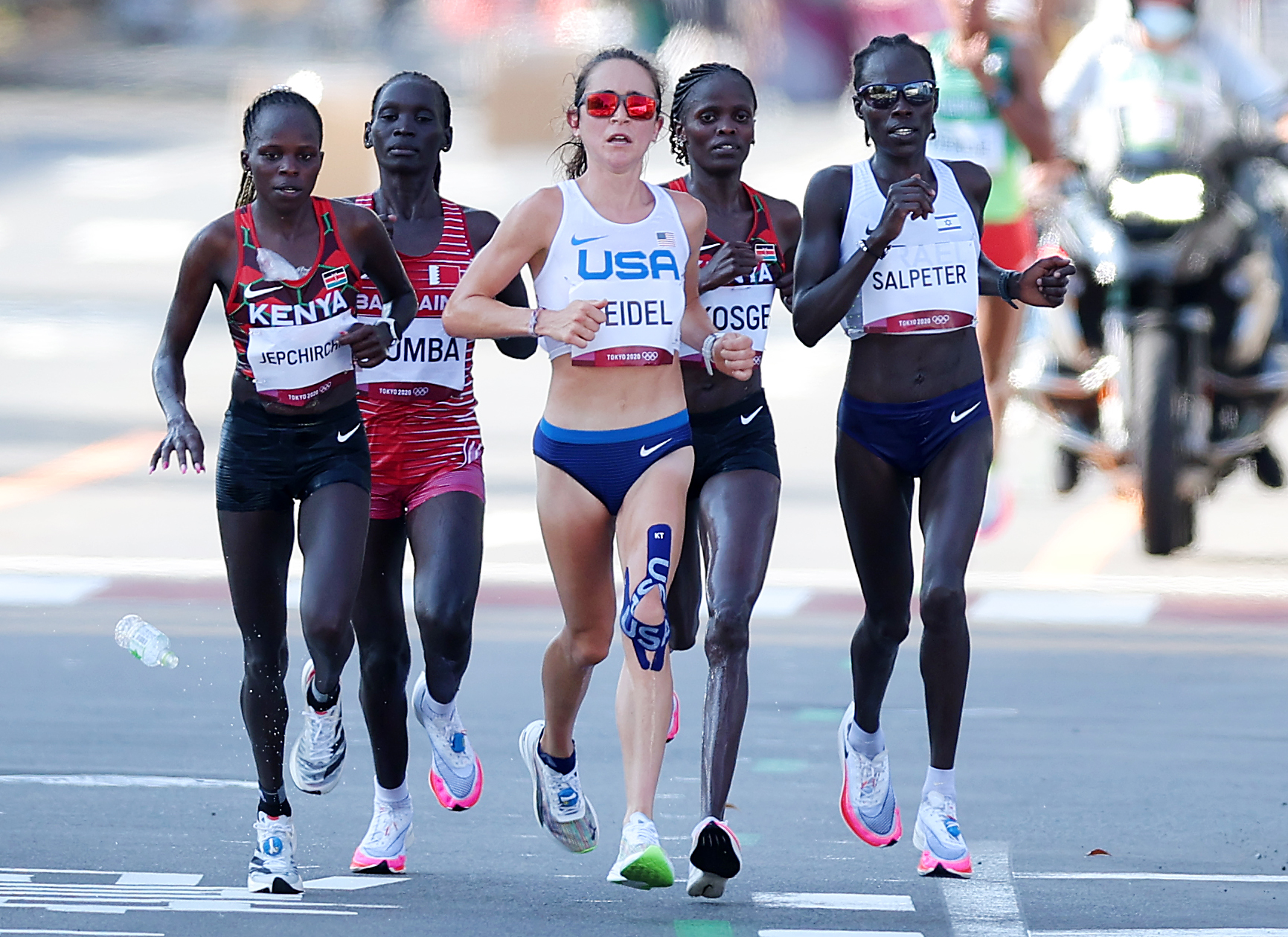

The increase in volume was offset with less intensity. When Seidel started training with Green in late 2019, he first put her on a new training regimen that pushed her weekly mileage from about 80 to 100 miles per week into the 110-115 range during the early winter of 2019-2020. Compounding Seidel’s lack of development was her training that had been focused on moderate mileage and higher intensity workouts while training with middle-distance runners on a regular basis.

RELATED: How to Stay Healthy While Running Monster Mileageīefore the shift, Seidel, who won four NCAA titles at Notre Dame, had turned pro but achieved only modest success while battling injuries, born in part, from disordered eating and struggles with obsessive-compulsive disorder that led to bouts of depression and anxiety. Once we started working together, we focused on mileage and, through lower intensity, we built her aerobic base and gave her a chance to run consistently.” Seidel is the type of runner who can race at a higher intensity level than she runs in her workouts. “She was handling the mileage, but the intensity was bogging her down fatigue-wise,” Green says. In a nutshell, Seidel, with the help of coach Jonathan Green, has found success by focusing more on higher mileage and less on workout intensity. Seidel’s dramatic evolution as a runner over the past two years can be traced to a somewhat simple shift in training philosophy that led to her emergence as a marathoner. RELATED: Did We Save the Best for Last? Why (and How) to Watch the 2021 New York City Marathon Seidel’s Shift And it all stems from a transformation in her approach to training. No matter how fast she runs through the five boroughs on November 7, she’s clearly found her groove as a marathoner. Today, as she approaches the 2021 New York City Marathon, the 27-year-old Flagstaff, Arizona-based runner has three strong marathons under her belt and, of course, a shiny Olympic bronze medal to her credit. I really didn’t know where I was headed.”

“I just hadn’t gotten much going, and I was struggling with injuries. “It’s kind of funny, because at that point of my career, I was wondering if I was going to be doing this much longer,” she says. Back then, she had been hampered by injuries, was still focused on racing 10,000 meters on the track, and hadn’t even considered running in the Olympic marathon trials. Two years ago, Molly Seidel not only wasn’t on a path to becoming a world-class marathoner, she hadn’t even raced a half marathon yet. Heading out the door? Read this article on the new Outside+ app available now on iOS devices for members!


 0 kommentar(er)
0 kommentar(er)
